science

Orbita
João Batista (PT), Noel Martins (PT), Pedro Gonçalves (PT), Hugo Rocha (PT)
Orbita is an open-world, virtual reality game developed to represent a futuristic point of view in which science and spirituality coexist. It uses puzzles to stimulate the player into exploring its environments. Confronting players with a futuristic possibility that does not rank science above spirituality (or vice versa), this game gives them a chance to understand the metaphors that underpin the main character’s journey.

Bugfix the Brain
g.tec medical engineering GmbH (AT)
Imagine being able to think, hear, and feel – but not to move or communicate. The exhibition Bugfix the Brain focuses on patients who suffer from motor disabilities due to stroke or disorders of consciousness and shows state-of-the-art rehabilitation and assessment tools based on Brain-Computer Interfaces. Neurologists, physical therapists, caregivers and patients are welcome to test these brain rehabilitation technologies on themselves.
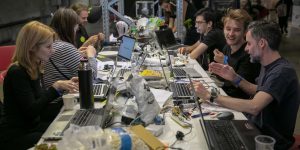
BR41N.I0 Hackathon
g.tec medical engineering GmbH (AT)
The BR41N.IO Hackathon brings together engineers, programmers, designers, artists and/or enthusiasts, who collaborate intensively as an interdisciplinary team. Each team must design and build a unique, playful and wearable headpiece that can measure useful EEG signals in real-time to create any sort of interaction.

The Practice of Art and Science
Since the inception of the Ars Electronica Festival in 1979 by artist Hubert Bognermayr, scientist Herbert W. Franke and journalist Hannes Leopoldseder, art and science have always been a focal point of Ars Electronica. The artistic exploration of new applications, is a key factor in the increasingly social dimension of new technologies in order to comprehend how reciprocal human-machine relationships and interactions among individuals and globally networked systems can not only be better understood but, above all, better designed.

VR SHOWCASE
This program features a special selection of VR works that have been submitted to the Computer Animation category of this year’s Prix Ars Electronica. Visitors can emerge themselves into several presented projects.
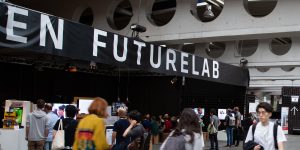
Open Futurelab
Once again this year, the Ars Electronica Futurelab and its partners show at the “Open Futurelab” which projects and initiatives have been created in the past months in collaboration between industries, education, art, and science. The research and development force behind Ars Electronica sees itself as an atelier and a laboratory at the same time – what exactly this means can be seen at the exhibits, lectures and performances shown in this area.
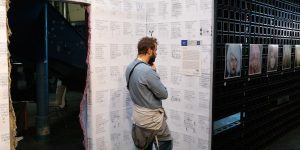
Strange Temporalities
STOCHASTIC LABS (US)
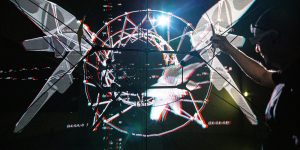
LightWing II
Uwe Rieger (DE/NZ), Yinan Liu (NZ), arc/sec Lab (NZ)
The interactive installation LightWing II creates a mysterious sensation of tactile data. It allows the visitor to navigate through holographic spaces and to explore responsive narratives.

Anti Conductor
Ryo Kishi (JP)
Anti Conductor embraces the beauty of struggles. In our society, individuals tend to go with the flow of their environment. It’s human nature because it’s easier to survive. But it’s also monotonous and boring. If no one tries to go against the flow, nothing is going to change. The image of an individual struggling in the flow is full of power and energy, even if their efforts might not pay off.
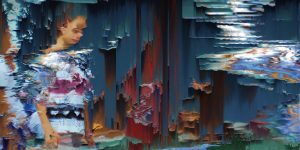
EXPERIMENTAL
This program presents new innovative trajectories within current cinematography at the intersection of art and science and brings together works with contemporary positions, from computer-generated procedural structures to trailblazing examples of frame-by-frame animated sequences.


